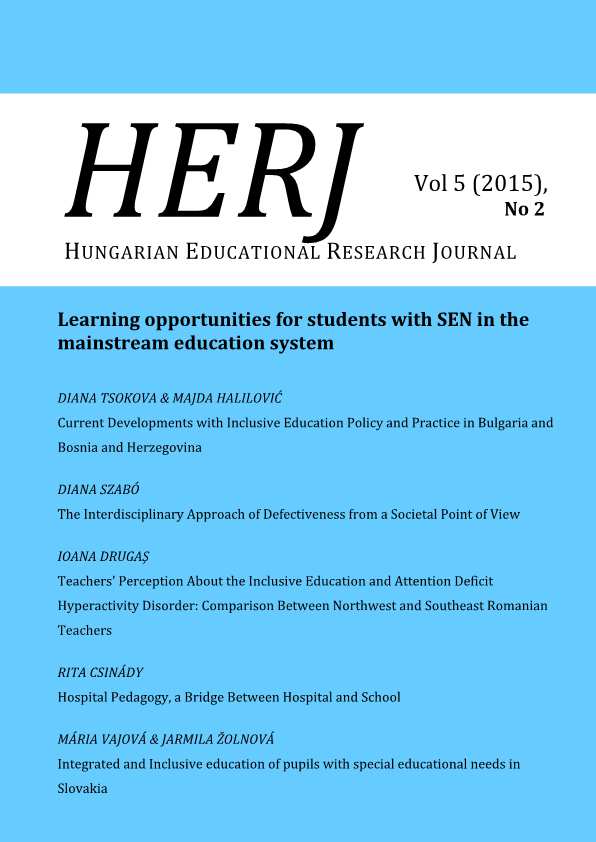Hungarian Students’ Success Rate, Problem-solving Strategy and Knowledge Structure in the Problem of the Shifting Between the Macro- and Sub-microscopic Levels
Hungarian Students’ Success Rate, Problem-solving Strategy and Knowledge Structure in the Problem of the Shifting Between the Macro- and Sub-microscopic Levels
Author(s): Annamária Sebestyén, Zoltán TóthSubject(s): Education
Published by: Hungarian Educational Research Association (HERA)
Keywords: education; science; chemistry; knowledge space theory; knowledge structure; problem-solving, numerical chemical calculations; problem-solving strategy; chemical concept
Summary/Abstract: Recent research focuses on relationship between students’ knowledge structure and problem-solving strategy in numerical chemical problem containing two different levels (macro- and the sub-microscopic or particulate levels). In the written test are one complex problem, which require the shifting between two different descriptions of the material systems, between the macro- and sub-microscopic levels and two simple problems similar to the steps of two solving pathways for solving the complex problem. Based on the strategy used in solving the complex problem students (N = 1160, graders 7-10) were divided into three groups: (1) “stepwise” solving pathway group; (2) “consolidated” solving pathway group; and (3) others (unidentified strategy or no strategy). Strategies were used by only a small part of the student groups (15-40%) to solve the joined item. The students reach the greater success (80%) using the “stepwise” method. The knowledge structure characteristic of each group was determined by using knowledge space theory. The level shifting between the two levels (macro- and sub-microscopic levels) is the determining step in all grades.
Journal: HERJ Hungarian Educational Research Journal
- Issue Year: 5/2015
- Issue No: 2
- Page Range: 112-125
- Page Count: 14
- Language: English

